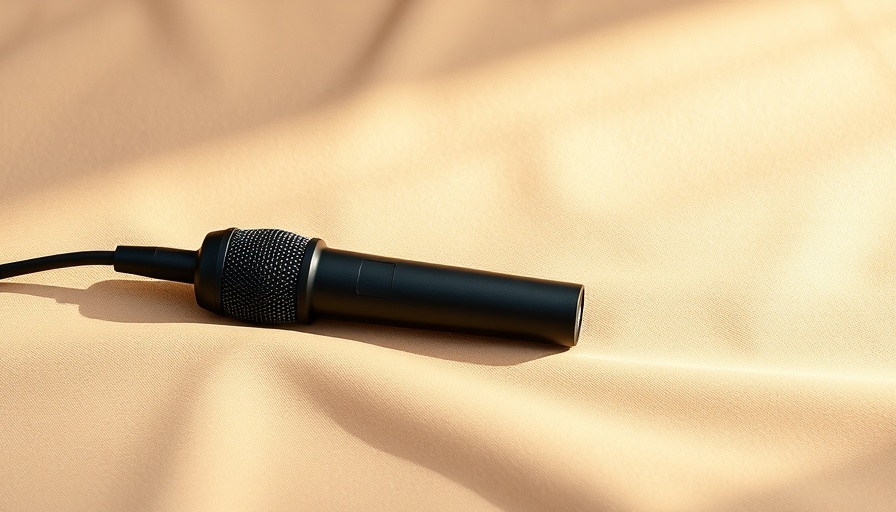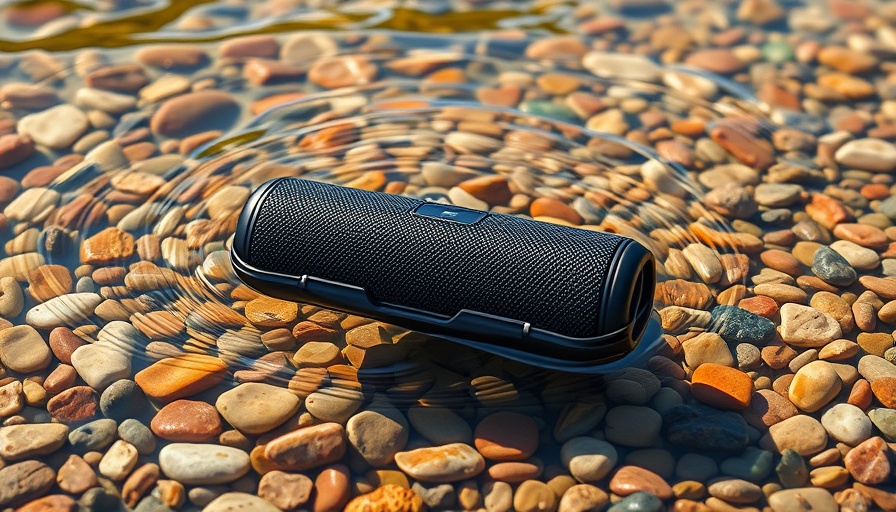
Discover the Top Choices: Best XLR Microphones for Every Use
XLR microphones have become the gold standard in audio recording and live performance. Unlike their USB counterparts, XLR mics are known for their durability and high-quality sound transmission, which is essential for both musicians and audio engineers. Whether you're a budding singer, a seasoned podcaster, or an ambitious streamer, this guide will help you choose the best XLR microphone tailored to your needs.
Why XLR Microphones Stand Out in Quality
The primary reason XLR microphones are favored in professional settings is their ability to deliver a cleaner and more robust audio signal. The balanced connection helps eliminate noise and interference, making them ideal for studio recordings as well as live performances. With a multitude of options available, it can be challenging to decipher which microphone suits your requirements best. Below are our top recommendations:
The Best Overall: Shure SM58
The Shure SM58 is a classic microphone that has been trusted by performers for decades. Its durable construction and cardioid pickup pattern make it perfect for both live vocals and studio recordings. Its frequency response is designed to accentuate vocals, providing clarity and presence.
Exceptional Sound Quality: Rode NT1-A
For those who prioritize sound fidelity, the Rode NT1-A is an excellent choice. Crafted from premium materials, this cardioid microphone captures every nuance with astounding precision. Often favored in studio environments, it is especially recommended for singers and voice actors aiming for pristine sound.
Versatility at Its Best: AKG P420
When you need a microphone adaptable to various scenarios, look no further than the AKG P420. This versatile option boasts impressive build quality and offers multiple recording patterns, allowing you to adjust according to your specific recording needs.
Perfect for Streamers: Shure MV7+
With the rise of podcasting and streaming, the Shure MV7+ has secured its place as a favorite among content creators. It provides astonishing audio quality, a rugged design, and an LED touch panel for ease of use, making it one of the best choices in the digital age.
Budget-Friendly Option: Audio-Technica AT2020
If you’re looking for quality without breaking the bank, the Audio-Technica AT2020 is perfect. It boasts sturdiness, making it great for loud sounds, and is priced at an accessible point for beginners venturing into the world of audio production.
Future Trends: What to Expect in XLR Microphone Technology
As technology progresses, we can anticipate more innovations in the XLR microphone realm. Upcoming models will likely integrate advanced noise reduction features, enhanced connectivity for mobile devices, and even smart capabilities that allow for seamless connectivity with home studios. Staying abreast of these innovations is key to choosing the right microphone that meets future demands.
Common Misconceptions about XLR Microphones
Many newcomers to audio production often think that higher price tags guarantee superior quality. While expensive mics often incorporate advanced technology and materials, several budget-friendly models like the Audio-Technica AT2020 also deliver exceptional performance. It's essential to assess your specific needs rather than solely rely on pricing.
Wrap Up: The Right Mic for You
Choosing the right XLR microphone ultimately depends on your needs, whether for live performance, recording, or streaming. As you evaluate your options, consider factors such as sound quality, build, and versatility. The highlighted microphones offer a balanced view of what’s available on the market today, ensuring you’ll find the perfect fit for your projects.
 Add Row
Add Row  Add
Add 




Write A Comment